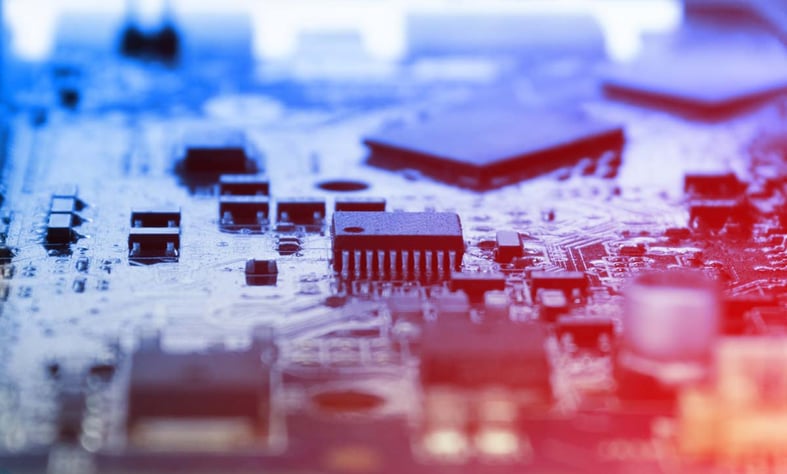The rise of the maker culture and growth of the Internet of Things has pushed DIY projects to the next level. You can now create (if you so please) just about anything for your home or business. This maker boom has pushed development hardware to the next level as well. But with all of the hardware options, how do you choose the right device? In this post I’m going to share what I believe are great platforms on top of which to build your own DIY projects.
Here are my favorites in no particular order. I include the major stats on each.
Expensive but Inclusive Hardware
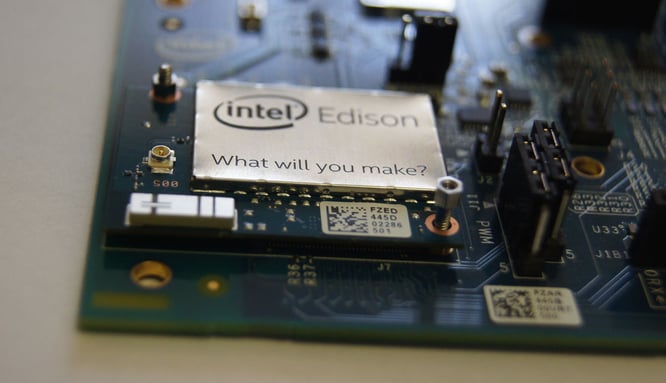
If money isn’t a problem when you’re building out your project then start with the Intel Edison. Specifically, the Edison with Arduino breakout board. With this setup you can take advantage of a ton of Arduino breakout compatible hardware. One of our favorite kits to add to this mix on top of the board is the Grove Starter Kit. It’ll set you back about $180 (Edison, Arduino Breakout, Grove Kit) for the whole shebang.
On the hardware side, the Edison has plenty of power and capability. This includes:
- 500Mhz Dual-core Atom Processor running Linux
- Integrated Wi-Fi and Bluetooth 4.0
- 1GB RAM and 4GB Storage
- 40 GPIO
With that lineup you can basically build whatever you want using any technology you’d like. Built-in support includes Java, C++, Python, and Node.js (JavaScript).
Powerful but Lightweight Hardware
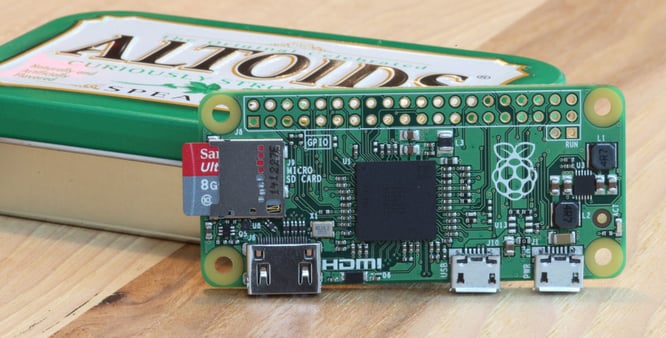
A new recent addition to the dev hardware market is the Raspberry Pi Zero. At $5, it is one of the cheapest boards on the market. At that price, it's understandable that it doesn’t have a ton of built-in capability. This is both a blessing and a curse. To start building, I’d recommend the Starter Pack from Adafruit. The bigger issue might be availability. The board has been sold out almost continually since it sold out in just 24 hours after launching Thanksgiving week.
The hardware isn’t bad on the video capabilities side, but light on connectivity.
- 1Ghz Single-core CPU
- 512MB RAM
- SD Card Slot
- Mini HDMI and USB Ports
- 40 Pin HAT-Compatible Header
The main reason to use the Pi is going to be for video based projects. The hardware really lends itself to handling video in and out. Because it’s Linux based, you get a ton of options for programming.
Wi-Fi Workhorse Hardware
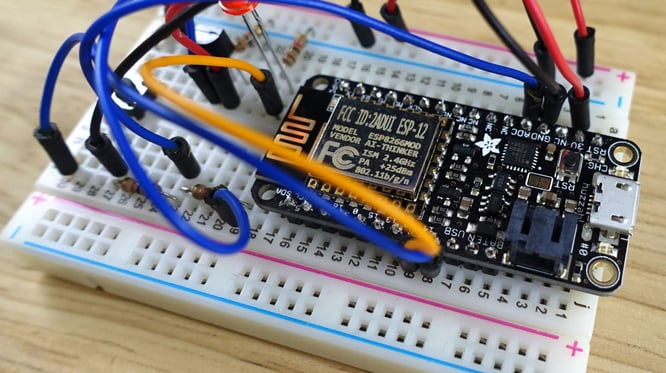
At the Losant office, we’re falling in love the Adafruit Feather Huzzah as our go to Wifi hardware. The ESP8266 chip is becoming a hacker hardware phenomenon. This low cost ($16) dev board is great device for building your budding IoT projects. We’ve even chosen it as the base of our Losant builder kits. (More on that later.)
There’s a surprising amount of power in this cheap chip.
- 80Mhz Single-core MCU
- 36kB SRAM (when running Wi-Fi)
- 16MB Flash Storage
- Integrated Wi-Fi
- 17 GPIO
This is the device to pick up if you’re working in the Wi-Fi enabled world. It’s simple to get up and running and easy to use. My recommended method of programming is through the Arduino IDE.
Cellular ConnectED Hardware
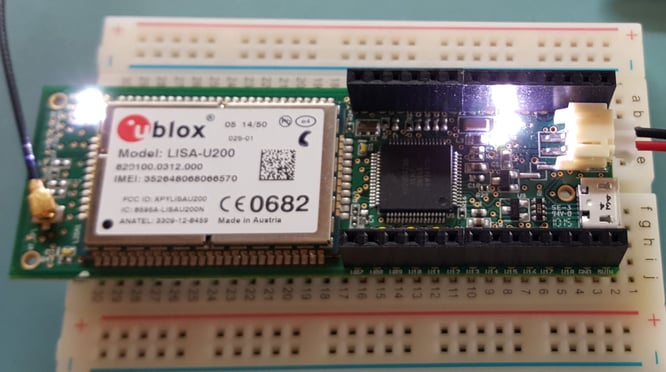
One of the biggest issues with building Internet of Things solutions is having connectivity to the internet. This sounds simple in theory. Add a Wi-Fi chip and you’re up and running. However, there are a ton of cases when we don’t have access to Wi-Fi. This is where the Konekt Dash comes in. The Dash has built-in cellular connectivity and Konekt offers simple to use plans for your data.
There are two versions of the Dash available. Here are the details on the Pro.
- 120Mhz Single-core ARM Cortex MCU
- 128kB RAM
- Integrated Worldwide Cell Coverage (Just Add Sim)
- SSL Encryption Included
- 20 GPIO
The Dash and Dash Pro give anyone the capability to start building globally connected solutions with ease. The devices themselves can be programmed using Arduino IDE.
All-In-One System
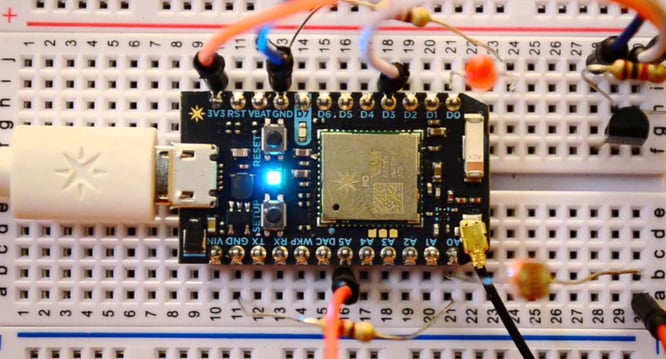
The final hardware that I’ll talk about is the Photon from Particle.io. This developer device is a great way to get started in to the maker world. It’s affordable ($19), has integrated Wi-Fi, and includes a decent cloud platform for managing and using the device. One thing to note is that Particle is launching their own cell module.
The Photon has enough power and capability to be a great addition to your kit.
- 120Mhz Single-core ARM Cortex MCU
- 128kB RAM
- 1MB Flash Storage
- Integrated Wi-Fi
- 18 GPIO
The Photon really does give you a good system to start with. You can program the device using Arduino IDE or using their web IDE.
The devices above are a great set of hardware to build your own IoT solutions. If you have a favorite of your own please let us know in the comments.
